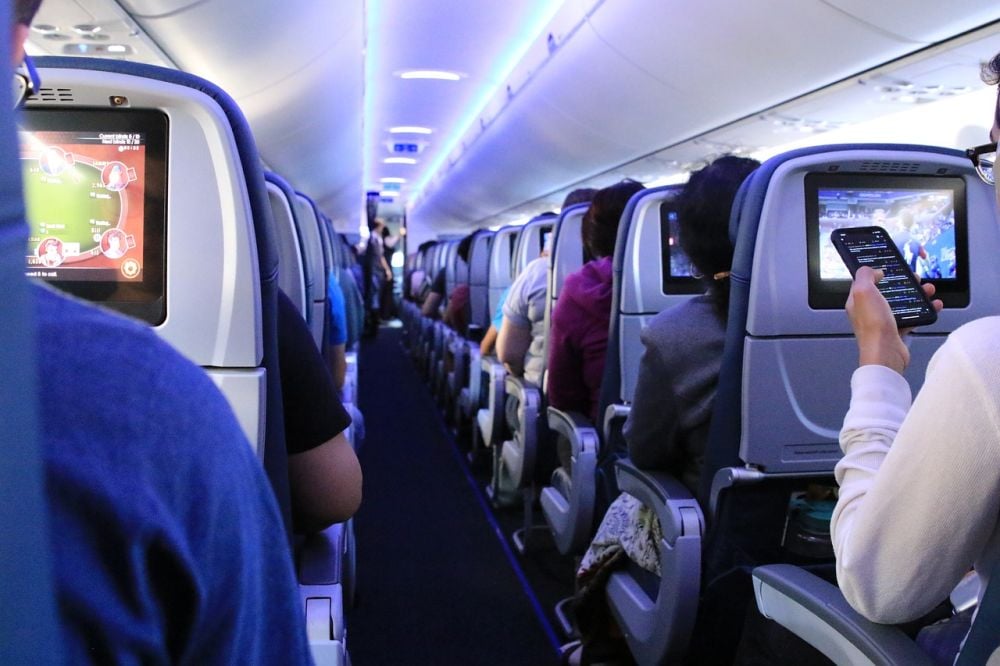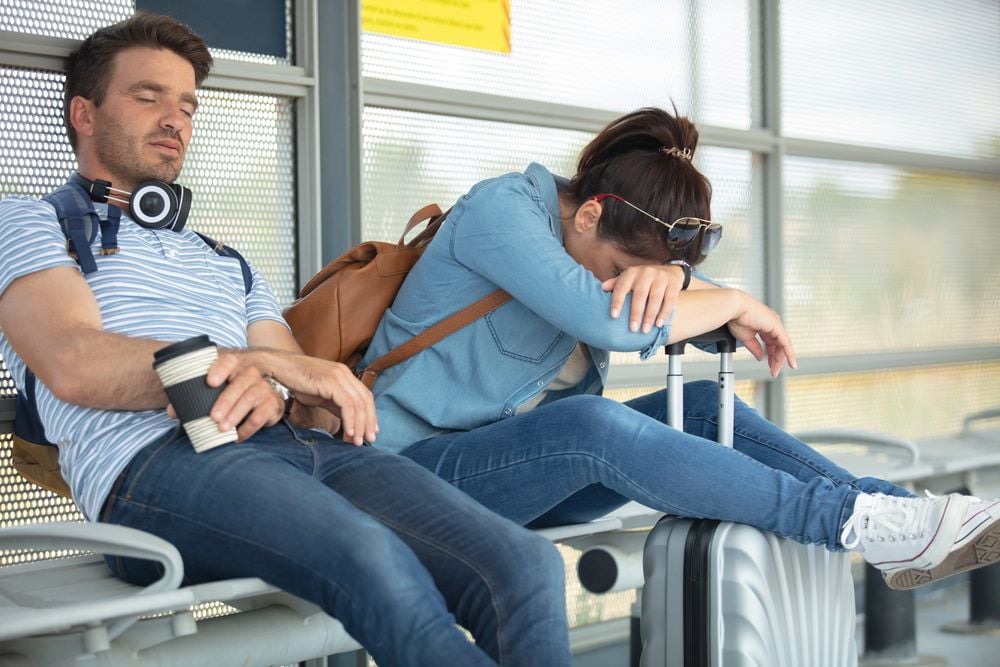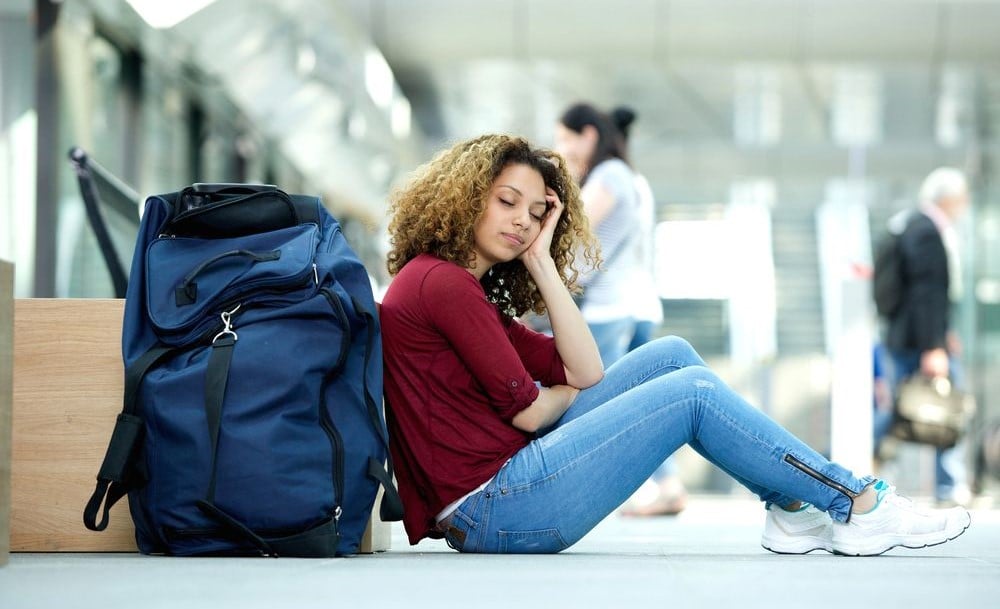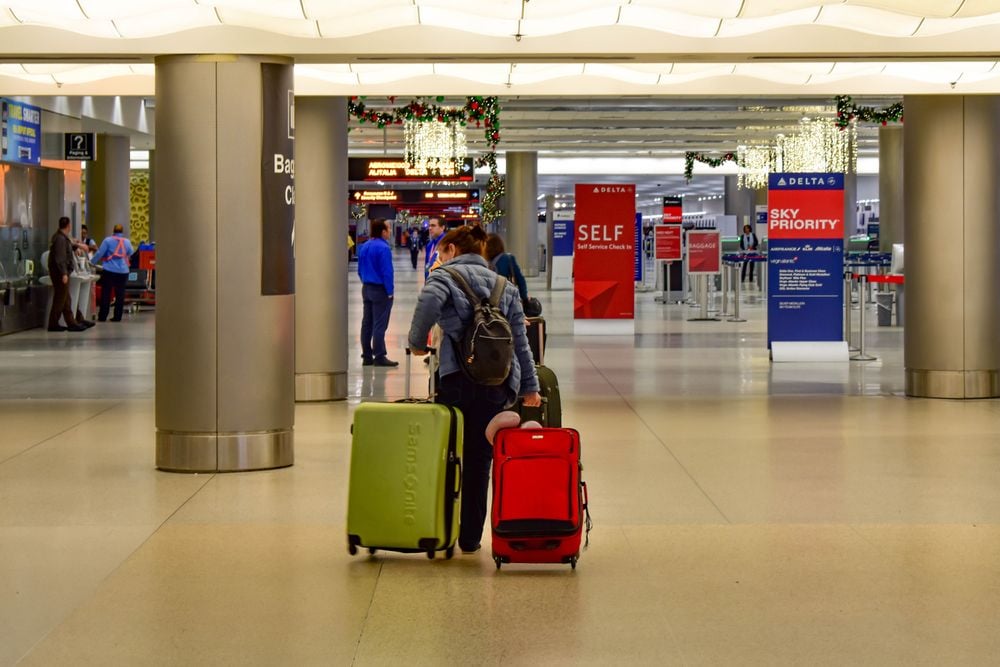The Surprising Reason You Should Never Rest Your Head Against an Airplane Window
Falling asleep against the airplane window might seem like the perfect way to catch some shut-eye, but according to experts, it’s anything but hygienic. A flight attendant’s viral TikTok video has highlighted some unsettling facts, and when backed by microbiological research, they paint a grim picture of how germy these surfaces really are.

Why is leaning against an airplane window a bad idea?
The airplane window may look like an untouched part of your seat area, but it’s often teeming with bacteria and viruses. Tommy Cimato, a TikTok creator and flight attendant, warns that “you don’t know how many people or children have wiped their hands or other things all over the window.” Beyond fingerprints, you’re also potentially leaning on leftover droplets that contain bacteria and viruses.
Microbiologist Jason Tetro, affectionately known as the Germ Guy, explains that hard, nonporous surfaces like windows are ideal zones for bacteria to survive and easily transfer. “Any bacteria that has been transferred there can potentially end up on your skin and possibly nose,” Tetro shares. Microscopic culprits such as Staphylococcus aureus (frequently found on human skin) and even hardy strains like MRSA—methicillin-resistant Staphylococcus aureus—might linger on windows for weeks.
Dr. Karen Duus, a microbiology professor, adds that common viruses such as influenza A can survive on these surfaces for hours. This means that when you rest your head, you could accidentally create a pathway for these germs to enter your body, especially if you touch your face afterward.
What’s the risk of getting sick from airplane germs?
The risks depend on factors like the strength of your immune system and how intact your skin barrier is. Even if bacteria like Staphylococcus aureus get onto your skin, they usually won’t pose a threat unless you have a scratch or wound, according to experts like Dr. Duus. However, the real danger lies in further transmission—picking up germs with your hands and introducing them to your mouth, nose, or eyes, where infections are more likely to develop.
Viruses like norovirus, which causes gastrointestinal distress, or bacteria from previous passengers’ sneezes or coughs can also survive on airplane surfaces, says Dr. Wesley Long, medical director of diagnostic microbiology at Houston Methodist medical center. “Especially if you don’t wash your hands before eating,” he warns, those germs can create unpleasant surprises.
Airplane Cleaning Practices: What You Need to Know
How clean are airplanes, really? It varies based on the plane, airline, and time of day. Jason Tetro outlines three levels of sanitation:
- Turnaround cleaning: Airlines typically perform a quick wipe-down (ideally with disinfectant) between flights. It’s fast but not very thorough, especially on busy travel days.
- Overnight cleaning: During the nightly scrub, more surfaces get attention, including tray tables and lavatories. Airlines may use UV light or disinfectant sprayers for better microbial control.
- Deep cleaning: This is an infrequent but intensive cleanse where seats are dismantled, and every surface is scrubbed.
It’s possible that if you’re boarding a late afternoon or evening flight, the surfaces around you have accumulated germs from a full day of passengers. “You’re probably sharing other people’s germs,” Tetro points out.
Germiest Places on the Plane—and Other Habits to Avoid
The airplane window isn’t the only hot spot for germs. Recent studies and investigations reveal that several high-touch areas harbor bacteria, molds, and viruses that could put your health at risk:
1. Tray Tables
A CBC News investigation found everything from E. coli to hemolytic bacteria on tray tables. These bacteria thrive on food and beverage spills, which means wiping down your tray with an antibacterial wipe before using it isn’t just smart—it’s essential.
2. Bathroom Sink Handles
Airplane bathrooms are small, heavily used spaces that present an ideal environment for bacteria like E. coli to thrive. The Canadian Broadcasting Corporation study found harmful bacteria on sink handles and door handles. Always use a paper towel to touch these surfaces, and carry hand sanitizer for added protection.
3. Seat Pockets
Those seemingly convenient seatback pockets are unexpected germ magnets. They frequently house snot-filled tissues, crumbs, and even dirty diapers, which transfer bacteria like E. coli. Keep your personal items such as books, tablets, or snacks in your carry-on bag instead.
How to Stay Germ-Free While Flying
Flying doesn’t have to be a miserable, germ-ridden experience! With a few proactive measures, you can dramatically reduce your risk of encountering harmful bacteria:
- Pack Cleaning Supplies: Bring disinfectant wipes and hand sanitizer (with at least 60% alcohol). Use them to wipe down the tray table, armrests, seatbelt buckles, and window area as soon as you sit down.
- Be Mindful of Your Hands: Avoid touching your face—especially your mouth, nose, and eyes. This small habit can go a long way in preventing germ spread.
- Use Barriers: Keep paper towels handy to touch high-germ areas like bathroom handles. If you’re concerned about skin-to-surface contact, consider bringing a small travel pillow and cover it with a washable pillowcase.
- Boost Your Immunity: Stay hydrated throughout your flight, as dry cabin air can weaken your mucus membranes. Pack immune-boosting snacks like vitamin C tablets, almonds, or oranges.
- Minimize Exposure: Choose seats toward the front of the plane if possible. Studies suggest front seats may experience slightly less exposure to high-traffic germs compared to those at the back.
- Wash or Sanitize: Before eating or drinking, wash your hands with soap and water. If that’s not possible, use hand sanitizer with alcohol to kill lingering germs.
- Upgrade Your Sleep Setup: If you want to rest during the flight, bring your own neck pillow or travel blanket. Creating a personal shield prevents you from leaning on germy surfaces and adds comfort to your flight.
The Bottom Line
While resting against the airplane window might seem harmless, it turns out that this spot—and many others on a plane—can harbor bacteria, viruses, and fungi that put your health at risk. Protect yourself by disinfecting high-touch surfaces, avoiding unsanitary habits, and keeping your immunity strong. Staying mindful of your flying habits can make the skies a safer place for your health.






